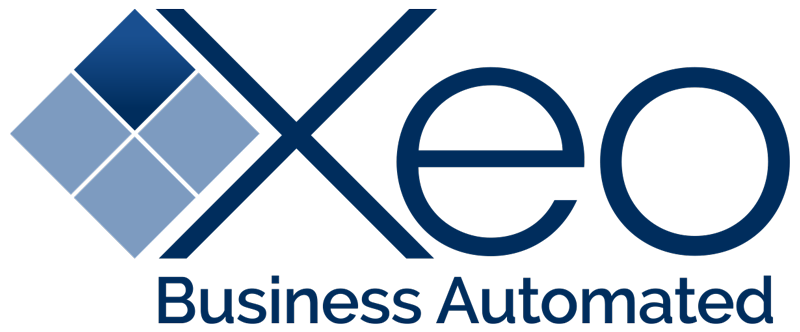Smart executives use data and metrics to power every decision. They use it to launch important discussions with partners, to determine organizational direction and strategy, and as a basis for implementing change. Business dashboards play a big role in this process. A business dashboard takes data from all areas of the business and transforms them from just numbers on a page into actionable information. A dashboard allows execs to spot and monitor trends, pinpoint bottlenecks, and highlight problem areas so that appropriate changes can be made.
Without a business dashboard, however, executives are left to fend for themselves. They’re forced to gather data from department heads, various spreadsheets, email attachments and more, and try to fit the pieces together.
Are you currently using a business dashboard to track important metrics for your organization? If not, you could find yourself with these four major problems:
- Your data is disparate and disjointed. Without a business dashboard, your data is spread across departments and among various employees. There’s no one comprehensive place you can see it, visualize it or download it. Instead, you may spend hours tracking down the data you need, verifying its accuracy, and finding a way to make it all fit together. Not only is this inefficient and unproductive all around, but it can also increase the risks of making a bad business decision. If a key piece of data is left out, the incomplete data could fuel a decision that adversely affects your company.
- You don’t have the big picture. If you don’t have all the information you need, you’re essentially shooting in the dark. You can’t spot trends, you can’t pinpoint potential problem areas and you can’t accurately measure or track goals. You also don’t have the ability to gauge your successes in the grand scheme of things: how you’re performing against competitors, in the marketplace, in the current economy, etc. In the end, this prohibits you from making smart decisions that drive your company forward and toward success.
- You’re not looking forward. The great thing about a business dashboard is that it allows you to easily visualize your data. With line graphs and charts, you can instantaneously see spikes, down slopes and other trends that indicate successes and failures, so you can make the appropriate strategic changes. Business dashboards also allow you to easily spot recurring events and extrapolate based on historical data, so you can gauge the future of your company and marketplace. This lets you point your company in the proper direction. Without a business dashboard, unfortunately, it can be difficult to gain and maintain this sense of direction.
- Your organization isn’t aligned. A business dashboard allows your company to be fully aligned, with every department operating from the same big picture. This allows disparate departments, executives and employees to successfully work together to achieve company wide goals. It also makes measuring milestones and achievements on the way to those goals easier and more accurate.
With a business dashboard, you can avoid these major data issues and more. You can bring disparate and disjointed metrics together, make them easily visible and actionable and have all the information you need to make smart, data-driven decisions for your organization.
Are you curious about what a business dashboard can do for you? Try Xeo’s free dashboard platform now. Input your company’s metrics, measure against national or state trends, or just compare this year against last. Your department heads and middle managers can create dashboards for their own departments, which can be shared with you for instant access to the information you need. For more information on using or setting up your dashboard, contact Xeo today.

































